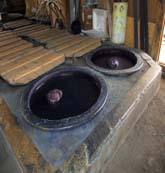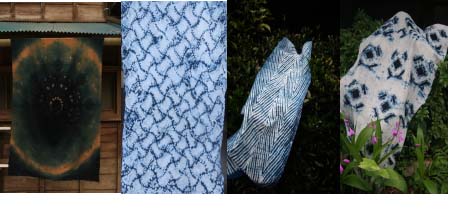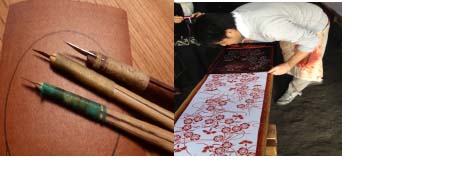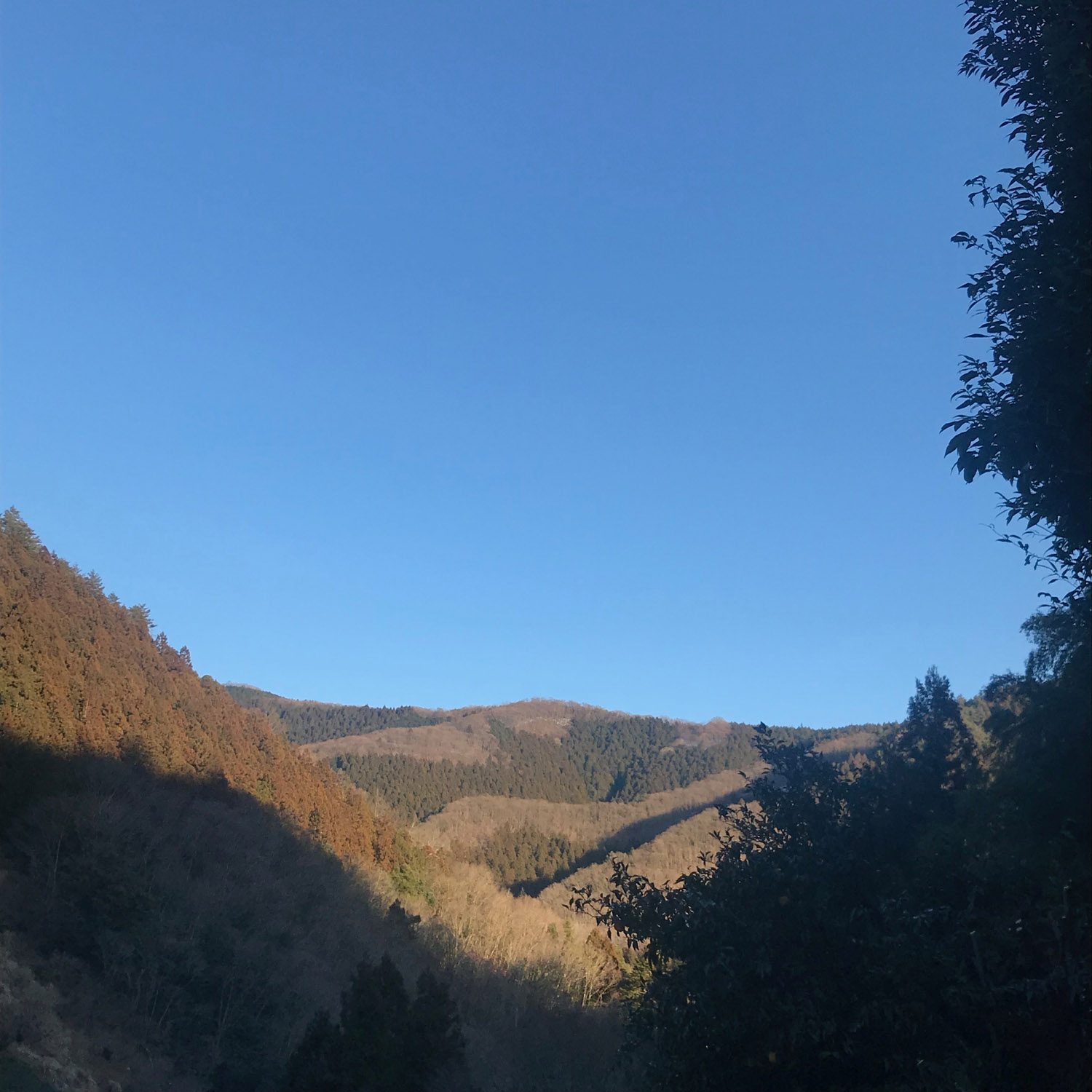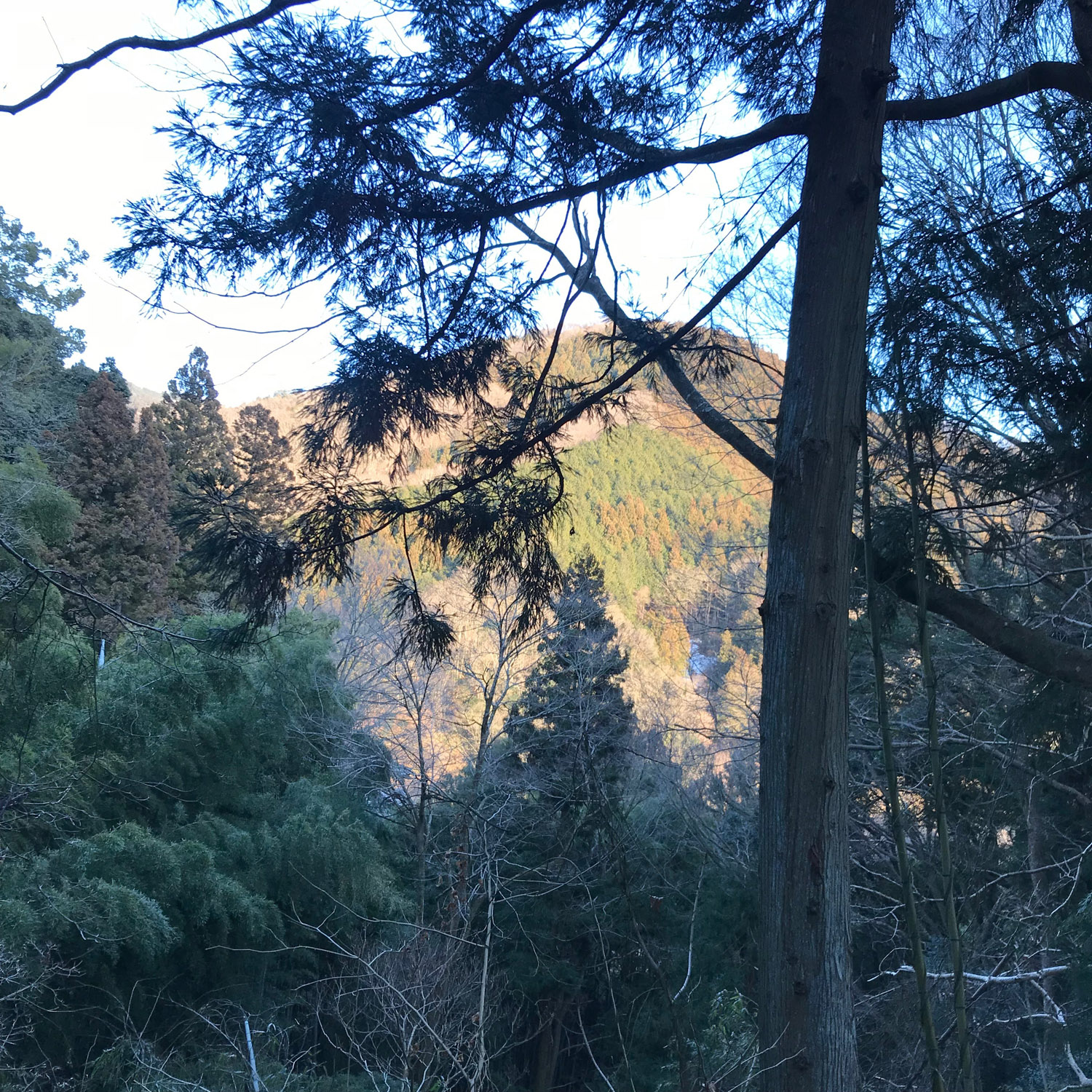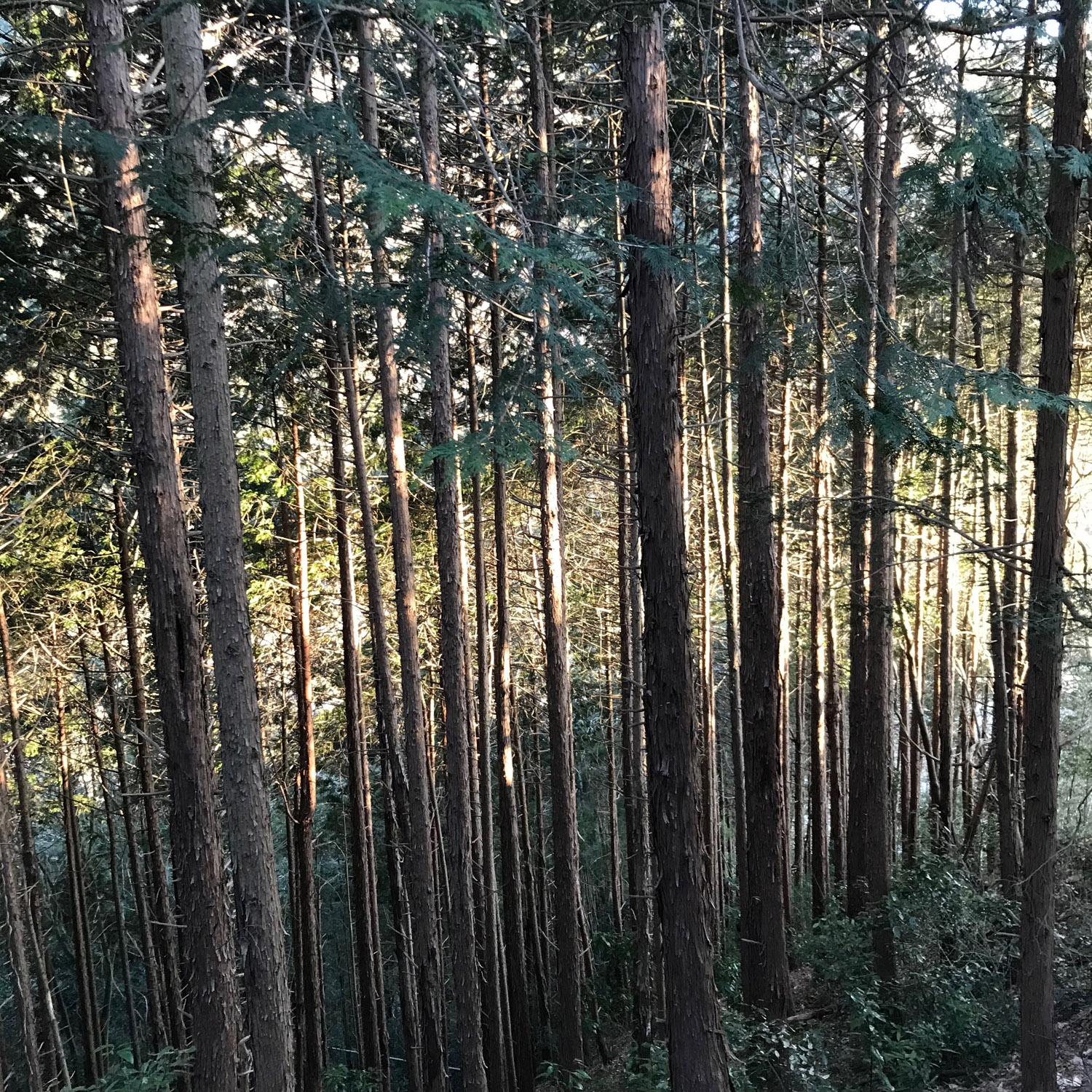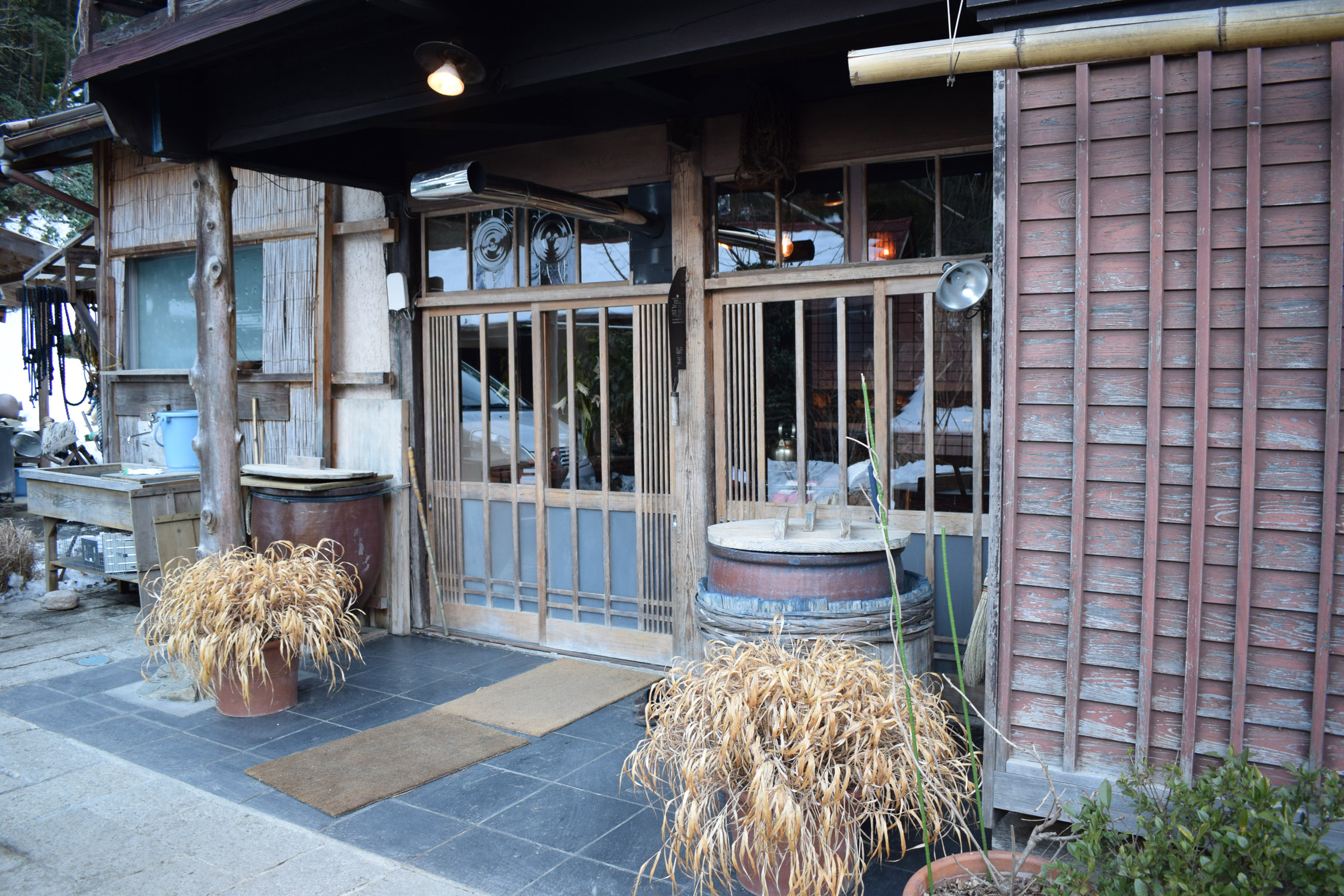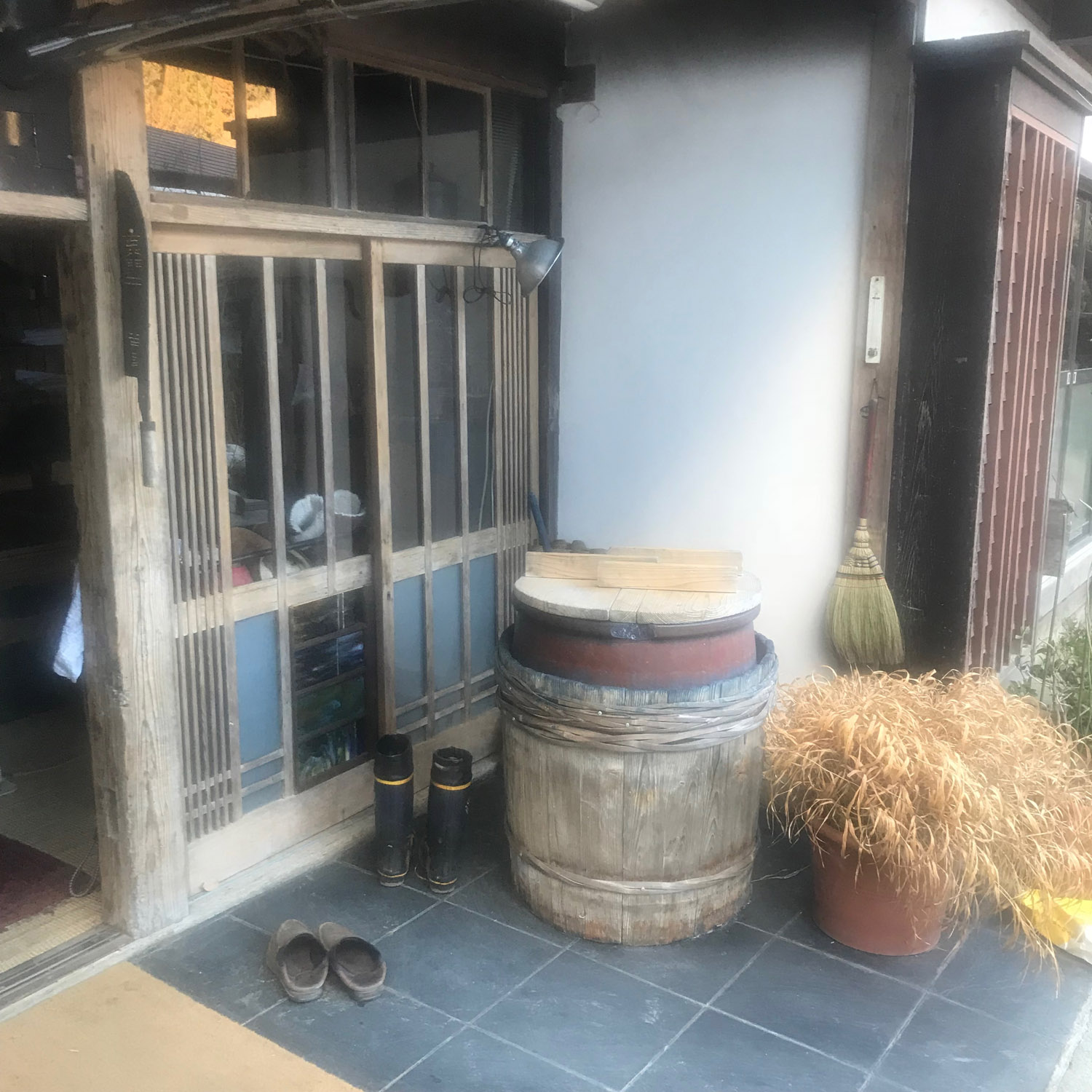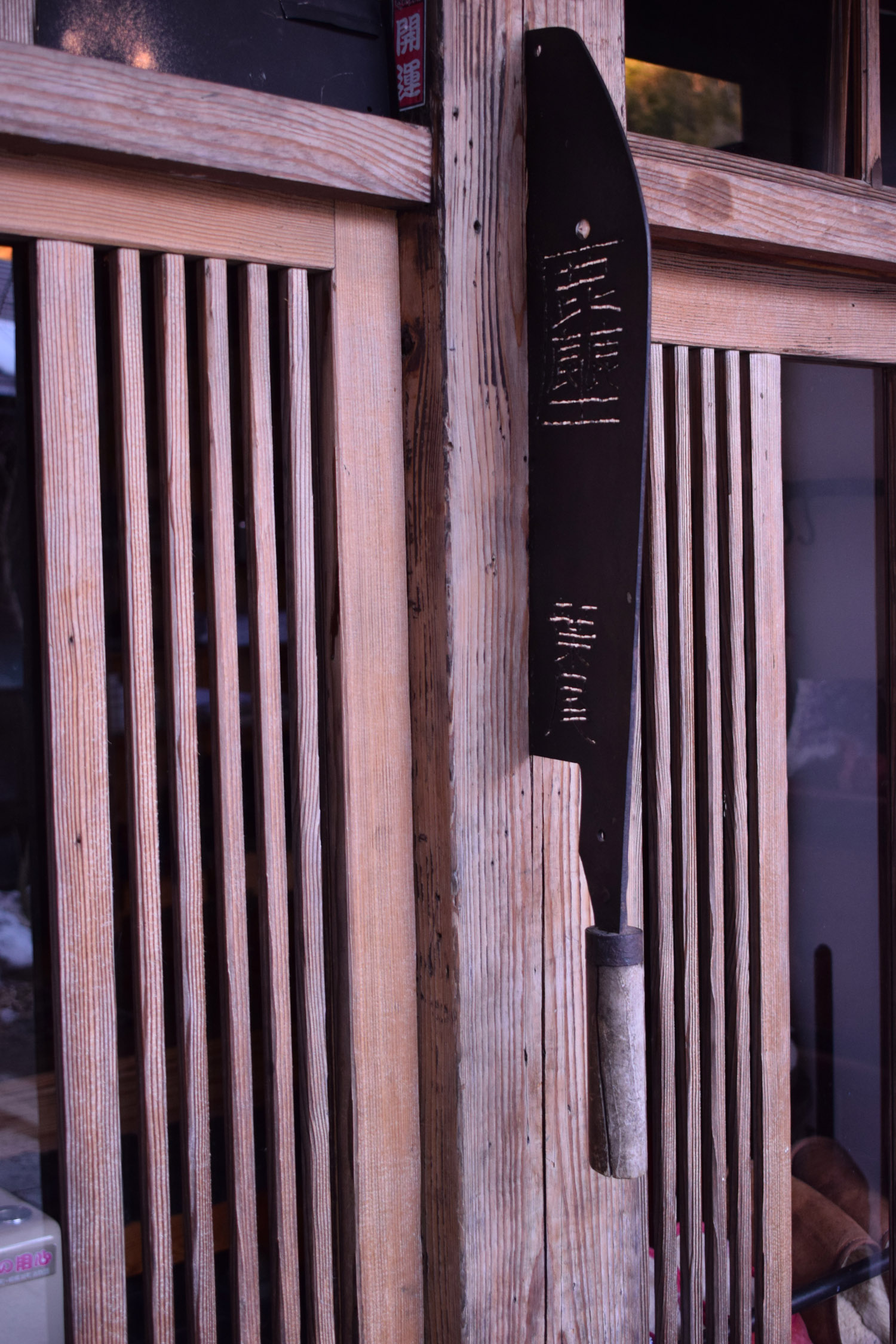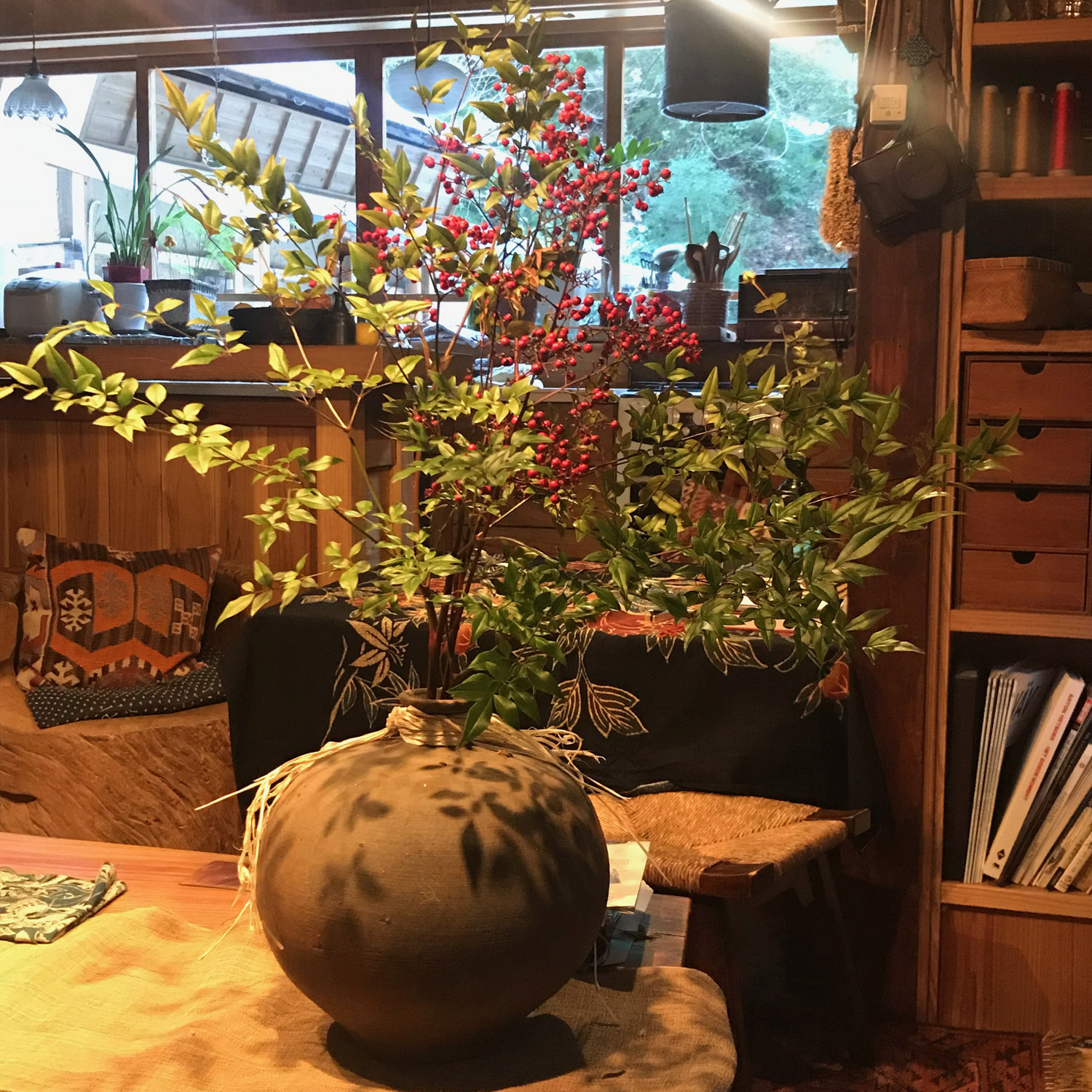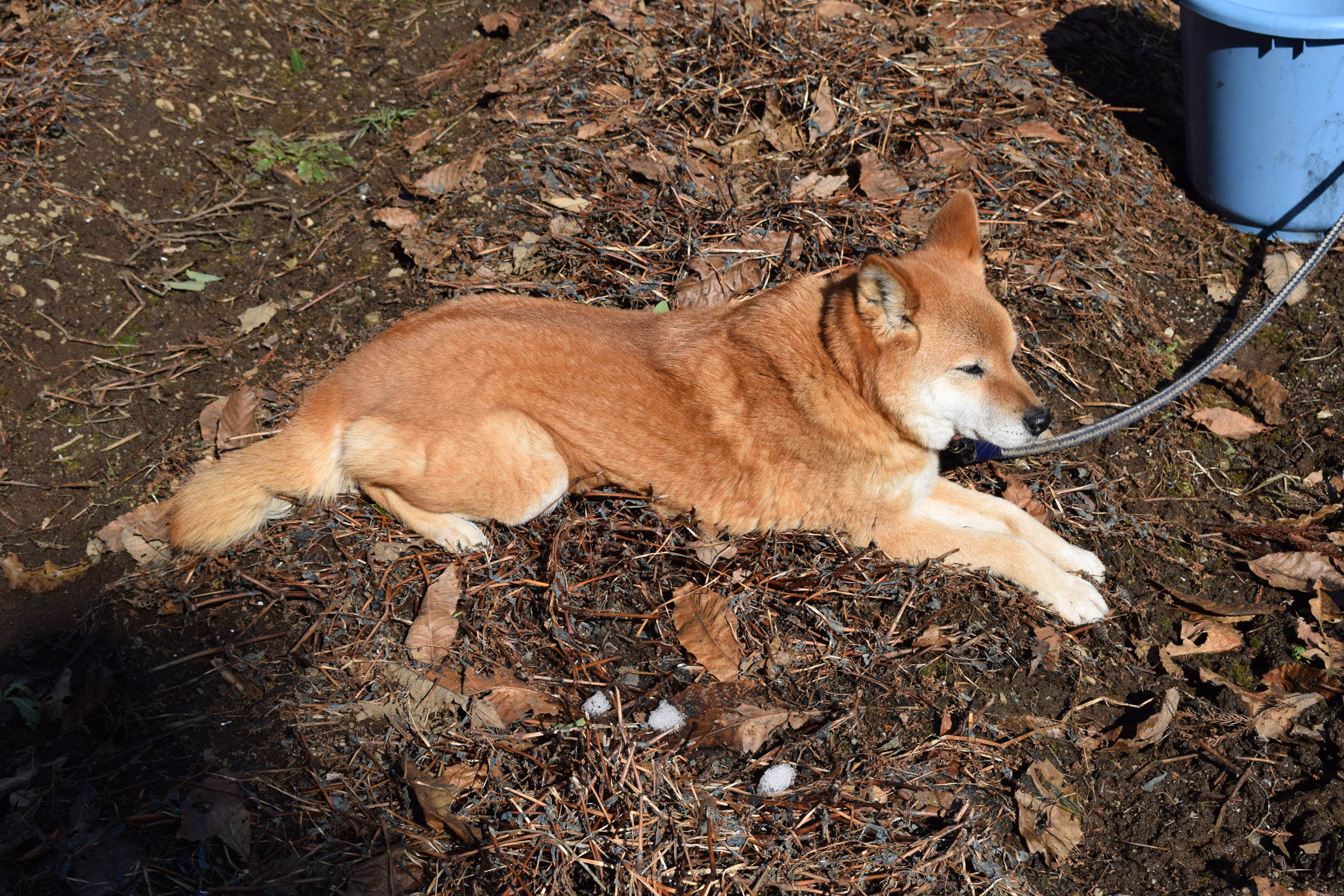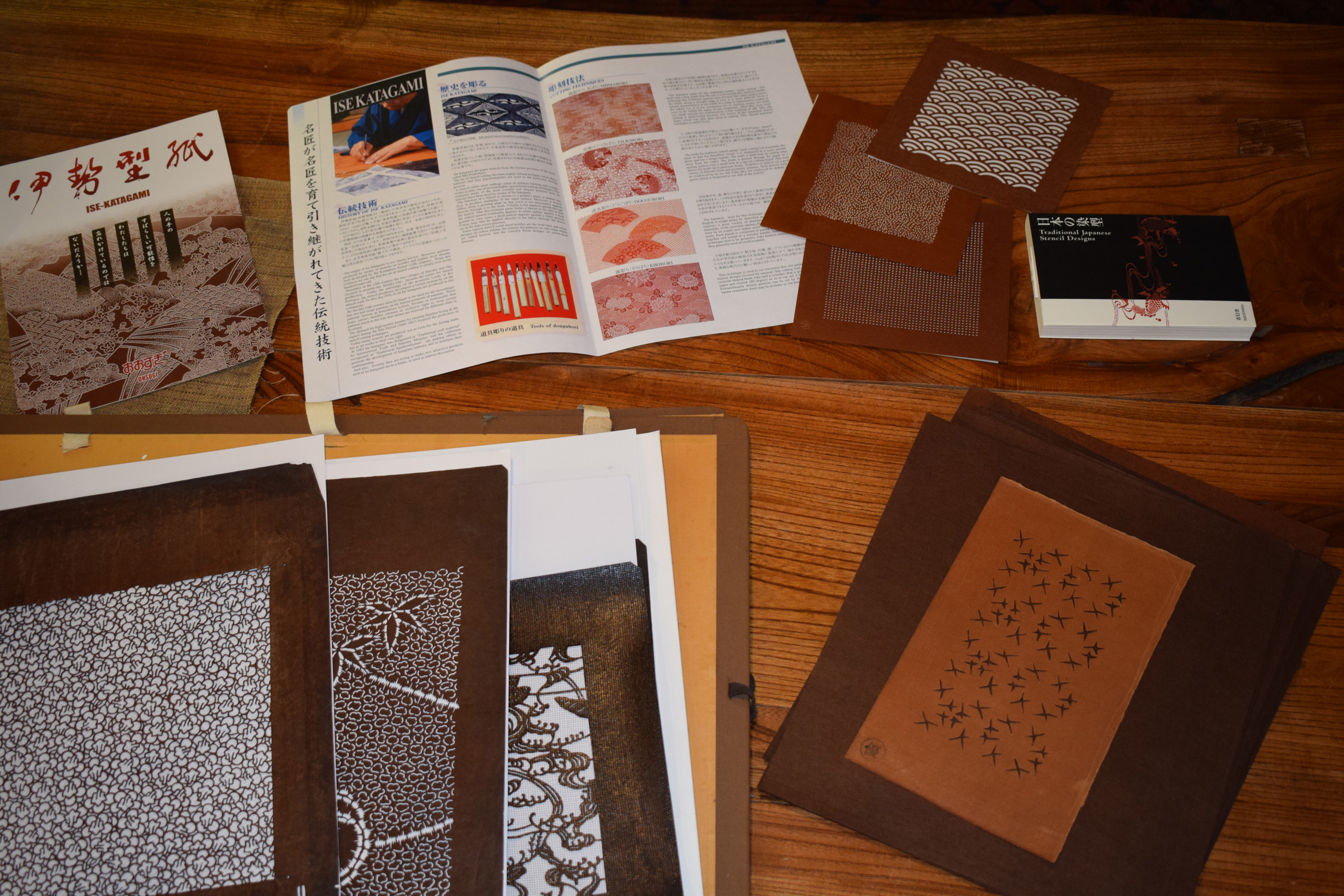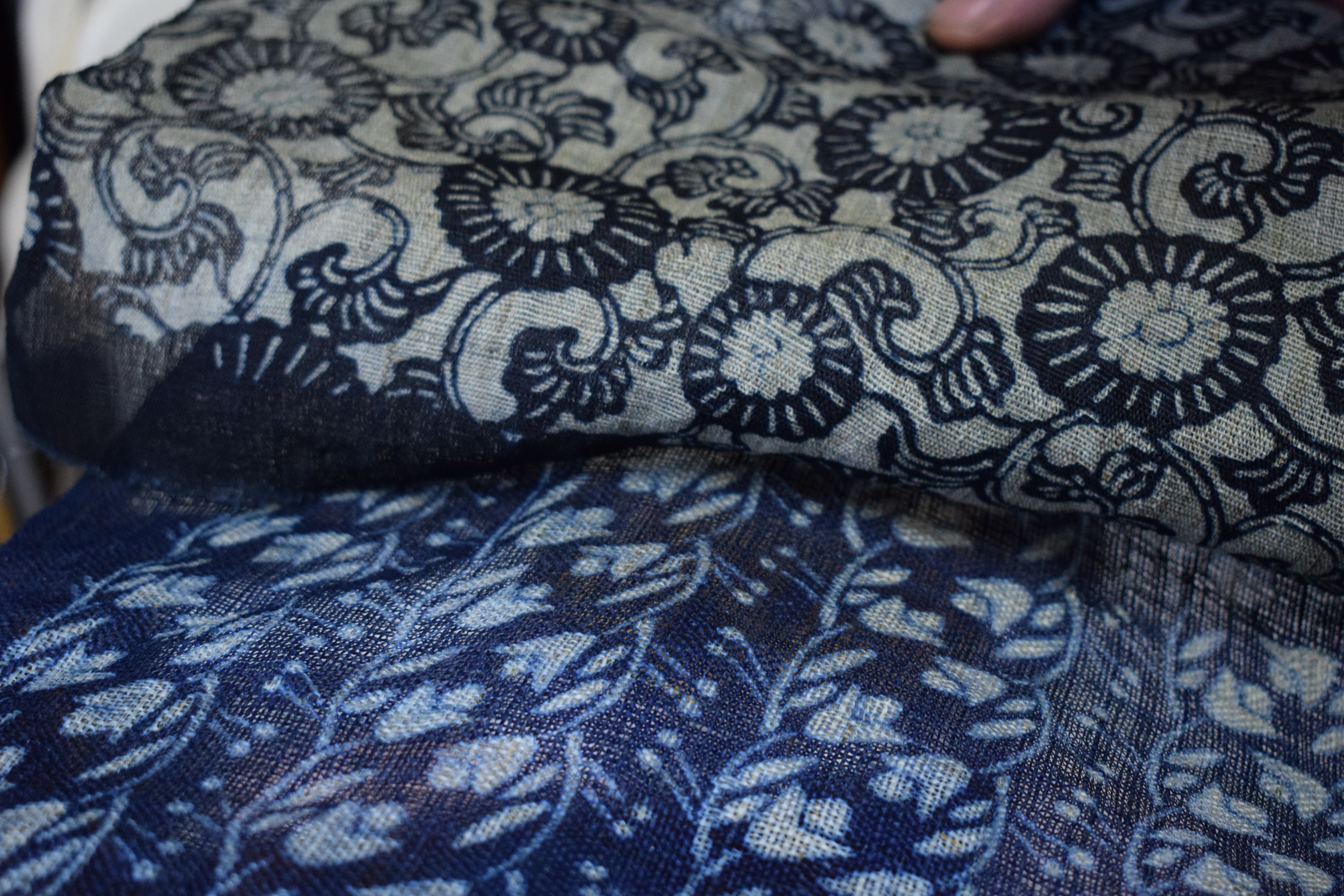Japanese indigo textiles workshops in Fujino, 2026
What’s included:
10 days at the farmhouse* (based on shared occupancy)
Most meals are included (breakfast, lunch and dinner) excepting a couple of nights at local restaurants and during Tokyo days
10 days of workshops, lectures and discussions with Bryan Whitehead, Indigo Expert
All materials and dyes (you are welcome to bring additional fabric to dye if you wish, but no curtains or bedsheets please!)
Additional 2 days in Tokyo include a visit to the Kioi Gallery, Edo Katagami Stencil Museum and shopping trips to Tokyo to Nippori (fabric district) and for Shibori and other craft supplies
Visits to vintage shops selling kimono, haori jackets and obi belts
Home cooked Japanese meals (alcoholic drinks included!)
Transport during workshop - you will be given a pre-paid travel card for the duration of your stay, which can be used for all travel
Kioi Gallery, Edo Katagami Stencil Museum entrance fee
2026 Dates Arrival 11th April, Tokyo date 12th April, farmhouse from 13th through 23rd April, leaving 24th April for the final day in Tokyo.
*Rooms are shared with one other person. Unfortunately, there is no opportunity for single rooms. The first two nights and last night are hotel accommodation in Tokyo (please make your own arrangements) and the remaining nights are farmhouse accommodation in Fujino.
Located in the beautiful mountain village of Fujino, one of Japan’s 100 most scenic villages, just outside of Tokyo, this 12-day workshop is the perfect introduction to Japanese textiles.
The workshops principal areas of focus are Shibori resist dyeing and Katagami stencilling, but the class covers so much more than that…
Savouring and appreciating old Japanese textiles that were made by anonymous craftsmen gives you a glimpse into a distant, rich and unique cultural heritage. It is a refreshing break from our consumer lives to know that there are people who dedicate their lives to creating these unsigned masterpieces. There have been, and thankfully still are artisans to whom self-promotion is an unknown practice. It would be wonderful to run the workshop retreat with this spirit.
The workshop is for twelve days, ten of which are at the silk farmhouse. The first day in Tokyo is museum and shopping day. We will visit the Edo Katagami Museum and shop great shops. Then, we’ll be off the Bryan’s fabulous silk farmhouse in Fujimo. Once unpacked at the farmhouse, you will dive in and start to swim in the deep purple indigo. You’ll be splashing around in the vats until it is time to re-pack your bags. Hands-on, or in this case ‘hands-in,’ is the best way to know what indigo is about.
The last day is back in Tokyo, visiting Tokyo’s Nippori fabrics district and supplies shops so you have lots of goodies to continue your practice with at home! It is recommended that you arrange to stay in Tokyo that evening and fly home the next day (unless you are continuing your sightseeing, of course!)
This workshop is a great introduction to indigo dyeing and Japanese textiles in general.
For those individuals considering setting up an indigo vat at home, this is an excellent opportunity to learn the basics.
The material covered in the workshop is also a hands-on introduction into Japanese culture and the history of textiles crafts in Japan. The ideas and technical approaches to textiles work share the same ethics and standards as other Japanese artistic disciplines. Bryan Whitehead, the workshop leader, indigo dyer and shibori expert, will share his insights into Japanese culture and history and the other wonderful things that have kept him in Japan for over 30 years.
Your teacher, Bryan Whitehead
I run a small textile school at my 170-year-old farmhouse that focuses on indigo dyeing, natural dyes, shibori, stencil dyeing (katazome), thread making from silk cocoons, and weaving on traditional Japanese looms. The farmhouse is situated in a serene tea-growing mountain village outside Tokyo. The village was designated as one of ‘The Most Scenic One Hundred Mountain Villages in Japan’. Spring and autumn are beautiful times of the year here.
Originally from the West Coast of Canada, I have been living in Japan for over 30 years, farming and processing indigo for over 30 years and rearing silkworms for 28 years. The silk cocoons are reeled into thread, dyed with natural dyes and woven into Japanese textiles using traditional tools.
I have run live-in workshops for ten years and humbly admit they have succeeded. People have travelled from all corners of the planet and made humans look good with their creativity, goodwill, enthusiasm, laughter and sharing. The time I’ve spent with the participants individually and as a group has been precious. Something tells me I should call it quits while I am ahead with a slate of good memories.
But I am definitely going ahead with the workshops in 2026.
Your organiser, Rob Jones
I’ve been a fan of Bryan’s work since 2012 when I first came across his amazing blog and then took his class in Japan in 2014.
Thanks to Bryan’s encouragement and support I changed careers to become a full-time textiles artist, designer and teacher in 2016 working with Japanese indigo and natural plant dyes, making my own Japanese inspired textiles using Shibori, Katazome stencilling, Sashiko and Kogin embroidery and Boro mending.
I’ve been practising Shibori for fourteen years now and I teach various classes in the UK, including at West Dean College and working out of my studio in Muswell Hill. I take a lot of my inspiration from geometry and circles and I enjoy taking traditional patterns, breaking them and re-piecing them using patchwork. I love Japan and working with Bryan is always a pleasure as his knowledge of Japanese textiles and culture is extensive.
I’m looking forward to working with him again on this class. It’s still by far the best trip I’ve ever taken!
Itinerary
Rob will meet you at the the lobby of the Century Southern Tower Hotel (CST) in Shinjuku at 18.30 on the 11th April 2026 for a walk around Shinjuku and dinner to introduce you to Tokyo. This is a low key evening so we can meet each other. Please aim to arrive in time to get to your hotel and meet us.
The CST hotel will be the main meeting point in Tokyo so you may want to arrange to stay there as this will make it easy to meet at the appointed times. (Although cheaper hotels in Shinjuku are plentiful and good quality).
As an introduction to Tokyo’s textiles scene, Rob will take you for a full day guided tour in Tokyo the next day. We will visit the Kioi Gallery - Edo Katagami Stencil Museum and some other cultural and shopping places.
Then, on the morning of following day, 13th April 2026, Bryan will meet us at the the lobby of the Century Southern Tower Hotel in Shinjuku and from there we take the train to Fujino (an hour or so) and then a ten minute drive to the quietness of the mountain village. After unpacking you will be welcomed by a typical Japanese lunch prepared by Bryan’s chef, Hiro. Your suitcases will be collected from the Century Southern Tower Hotel and driven to the farmhouse for you.
Typical farmhouse meals.
Everyone is excited about being in Japan and their projects. Breakfast seems to be the only time that everyone will sit still for any length of time. So every morning we will take a half an hour to an hour after breakfast to discuss aspects of Japanese textiles and indigo.
The first talk will be about Japanese shape-resist dyeing, shibori . For each step of the dyeing process Byran will share over 20 years of experience of working with indigo. By the end of your visit you will have a clear understanding of how indigo works and the reaction of indigo with different kinds of fabric.
The goal is to have the otters leave the workshop with a good-sized pile of indigo dyed fabric that can be used in future sewing projects. Ideal for quilters.
After breakfast talks include shibori, obi belts, stencil dyeing and a range of other Japanese textiles topics.
The view from the top of the village.
You are welcome to bring a small amount of your own cloth to dye. In the past Bryan invited you to bring all you want to dye. People showed up with huge suitcases packed with things to dye. This was fine and actually a lot of fun. The problem was Bryan was spending too much time as a dyeing consultant and it was distracting to have maniacal indigo dyers outside at the vats until 3:00 am! (Not kidding.) Please be reasonable with the amount of fabric you bring. There is plenty here. We never ever run out of things to do and material to dye in the workshop!
We will also have an outing day to to give us a break from the mountain scenery. We will visit a lovely Gallery for lunch called Gallery Fujino, featuring local artist’s work and go to an excellent local potter, Yamada-san’s mountainside workshop.
After leaving Bryan’s on the final day, Rob will take you on a trip to Tokyo to visit Nippori (Tokyo’s fabric district) and Aikuma craft supplies shop. We will then go for a final dinner in the evening before everyone returns home (or carries on with their Japanese adventure!)
You may think that you won’t do this day but I’d strongly recommend you do. The places we visit will provide you with all the resources you need to continue indigo dyeing, shibori and katagami stencilling at home. And Nippori fabric district is not to be missed!! Please note: It is very hard (and expensive) to get hold of some of the katagami equipment (especially the paper) outside of Japan, so it really is worth coming to the supplies shops!
Front entrance to the farmhouse
There is a wonderful delivery service in Japan called Takuhaibin, that will have your suitcases delivered to the airport (must be posted two days in advance) or next day delivery to your next destination in Japan. We will use this to send our suitcases to Tokyo on the penultimate day so we can visit the supplies shops unencumbered.
Where we are staying
The house sits on a relatively steep hill. It is not exactly ramshackle but it was originally a barn... The guest bedrooms were completed 10 years ago and are cosy (double occupancy).There are two bathrooms on the ground floor and two showers/bath there as well. There’s also an amazing hot tub in the outbuilding adjacent to the house. There is WiFi at the farmhouse.
Towels are provided as are shampoo/body wash ( in the bath house ).
The staircases are not long but relatively steep. Please be in reasonable physical shape. There are stairs and plenty of walking etc.
There are two rooms on the first floor where I prioritise the stair-challenged and the hip replacement otters.
Great news! There is now a brand new bathroom on the third floor (where the bedrooms are located) so you will be able to access that if need be during the night, rather than going down the stairs to the first floor bathrooms.
There are healthy snacks and drinks and fruit in the kitchen at all times. If given notice in advance Bryan can try to accommodate some dietary restrictions. Vegetarians ok.
Bryan has lived close to being a vegetarian himself with a few allergies in adult life. He is sympathetic to dietary needs. We have tried over the years to accommodate all the food issues. We are sorry but allergic-to-everything vegans...this is not the workshop for you. On the small scale of the live-in workshops it is simply too difficult for us to handle really specific dietary needs. Gluten free ok.
Bryan is a no-red-meat ( a slice of bacon a few times a year) vegetarian himself with a few allergies. He understands food issues but he has to be reasonable with the cook. He can’t make three separate meals every evening. Please let us know well in advance of any dietary needs.
Breakfasts are simple: pastries, toast, cereals, fruits and yogurt, good coffee and tea. Food is an important part of the workshop. Simple with almost no processed foods is the policy. We try to vary the Japanese meals with the fusion/western meals. No smoking in the house itself. Washing machine runs every day. It is cool in spring and autumn so a warm sweater and your favourite warm socks are necessary. Actually I’d seriously recommend bringing thermal underwear for the night times (October and November trips) and insect repellent and bite cream/spray if you are coming in September. Layers are essential and please bring a good all-weather jacket,
I would also recommend a good supply of clothes (and a pair of shoes) you are happy to dye in and get dye on as it is inevitable this will happen. I would definitely bring an apron too and some good quality rubber gloves to cover the wrists.
View from inside the silk farmhouse
Bath house at Fujino
Wood fired pizza oven at Fujino
Homework
Most shibori techniques take many hours of preparatory stitching and binding. Our time is limited so Bryan will send each member of the workshop a small box with several shibori homework pieces and a Mokume Shibori linen scarf to prepare before your arrival in Japan.
Please note: There is a significant amount of sewing involved in the preparation of the homework linen scarf!
A marker pen, needles, threads and templates are also included.
Bryan revises the homework each year and there are some really great techniques covered. You will return home with a substantial stash of fabrics to use in your own projects.
Instructions will be provided via a scheduled Zoom call (recorded) with Rob once everyone has received their Homework.
IMPORTANT!! Please do the homework! It is very hard to catch up with it once you get to the farmhouse and pretty much impossible to stitch the Mokume scarf. This is such a wonderful thing to take home. Please do it!!
Indigo
Indigo is central to these workshops. Indigo has been used in Japan since the sixth century. There are over 25 different plants around the world that have the indigo pigment in their leaves. Every culture developed its own processes of extracting and utilising the pigment from indigo (indigoferin) As the essential pigment properties are the same, in each plant the processes follow similar steps.
Although indigo has limitations, dyers have developed techniques that have allowed them to utilise the pigment to its fullest potential. Historically, the Japanese have used of indigo dyed thread in concert with woven patterns, stencil dyeing techniques (katazome) and shape resist dyeing (shibori). These methods reached their most sophisticated heights in the top-end samurai and merchant class textiles as well as in the domestic and local crafts traditions of the Edo period.
The best way to expose students to the use of indigo is simply use it.
*You will learn to make and maintain a non-fermented indigo vat.
*You will look at many examples of Japanese indigo-dyed cloth and discuss how they were made.
*You will look at several contemporary Japanese indigo dyer’s work and see how indigo dyeing traditions continue in contemporary Japan.
Shibori
Although shibori, often categorized and translated as ‘Japanese tie-dye,’ is actually much more sophisticated than just the term ‘tie-dyed’ cloth. Shibori has a 1500 year history in Japan of being a dignified, poetic, and even humorous textile surface-design family of techniques. Highly addictive.... We will look at the ingenious techniques and try a few out. (Not necessarily the techniques pictured below!) The play of the resist with the mercurial properties of indigo will make you smile. And, the potential combinations of techniques will keep you awake at night, wanting to sneak out for a midnight tryst with the indigo vat.
We will use several techniques to make a dozen tenugui Japanese towels and one large indigo cotton shawl. You are welcome to use the indigo with your own experiments with shibori in the evenings and mornings. Bryan can supply cloth or you can bring it from your home countries. Bryan prepares a reasonable-sized mountain of cotton material for the participants to use.
Katazome stencilling
Katazome is a paste resist family of stencil techniques. Kakishibugami is a layered persimmon tannin soaked paper that was developed to use as stencil paper in Japan. When wet it is like a soft leather, flexible and strong. The pattern is cut out with a razor-like knife or punched out with a variety of tools. Single pattern stencils are common. Patterns using up to 40 overlapping stencils are also used. The variety of patterns on these stencils is mind-boggling. We will cut out some simple stencils and use them for this resist dyeing technique. This will expose you to the huge genre of surface design methods used since ancient times in Japan. Bryan will send you several sheets of the paper for you to sketch and cut out before you arrive in Japan.
Costs and dates
Workshop dates:
11th April 2026: Arrive Tokyo for low key dinner
12th April 2026: Guided day in Tokyo with Rob (Edo Katagami stencilling Museum and shopping)
13th thru 23rd April 2026: Farmhouse - Shibori, Katagami and Indigo dyeing Workshops with Bryan
24th April 2026: Guided day in Tokyo with Rob (Supplies shops and Nippori fabric district)
Costs:
$4,200 (This is the USD price of the workshop). The Yen dropped in value by over 30% so Bryan has decided to offer the workshop in USD in order to be able to run it profitably. PLEASE NOTE: Price may be subject to change.
This includes $500 organisation and guiding fee for Rob to put the trip together and guide attendees in Tokyo. Plus $200 to cover Paypal charges.
Fee includes:
* All fees for the workshops include materials. (and you get a crazy amount of stuff for all the projects!)
* Ten days accommodation at the farmhouse, (double occupancy)
* All breakfasts
* Lunches at the farmhouse (students get their own lunch on days out)
* Dinners at the farmhouse (see below on restaurant meals). Alcoholic and soft drinks and snacks are included!
* All transportation in Japan. From the time we meet until and including the return train tickets back to Tokyo station on the last day. Including excursions Tokyo. NOTE: Excludes Japan Railpass.
* Kioi Gallery (Japanese Edo Katagami Stencil Museum) Entrance fee
* Guiding in Tokyo on the first and last days with Rob (we will visit supplies shops on the final day)
* Homework box (this will be mailed to you in the post)
*We have plenty of beer and wine and sake at the house but if you are a heavy drinker or have some expensive taste in alcohol there is a liquor shop not far away!
Excludes:
*International airfare
*Hotel or Guesthouse in Tokyo on the meeting day and first guiding day before going to Bryan’s and the last day after visiting Nippori and Aikuma.
*Travel Insurance - Please make sure you have good cover, especially medical care.
*Restaurant meals. Some dinners will be decided on that particular day according to how we feel. Lunches and dinners in (at the farmhouse) are covered. Lunches and dinners out are not covered. All restaurants will be reasonably priced.
*Further travel, hotels etc for sightseeing. If you are sightseeing alongside your trip you will need to make your own arrangements. If you are doing that consider getting yourself a Japan railpass which covers intercity journeys and a lot of cross Tokyo trips. The Japan rail pass needs to be purchased online in advance as it is no longer available to buy in person in Japan.
It is strongly recommended that you get an e-sim or Pocket WIFI (available from the Japan Railpass website) as roaming charges in Japan are sky high.
PLEASE NOTE: You will need to make your own travel arrangements for hotels, flights, and any sightseeing you would like to do in Japan. Rob will recommend some Tokyo hotels and give some general travel advice to students that book on the trip but he WILL NOT make any travel bookings for you.
If you’d like to use a really great specialist travel company for your trip, I can highly recommend insidejapantours.com who I used myself on my first trip to Japan. They are highly knowledgeable and well connected in Japan and can even arrange for you to visit specialist craft people if you wish and use their “Self guided adventure” service where a specialist travel consultant works with you to create your own adventure.
Jetlag on long distance flights to Japan is rough so I would advise you to come a few days before the trip and do some sightseeing in Tokyo. Then you will be fresh for the workshops.
Cancellation:
If you cancel after having paid for the workshop, a $300 fee will be retained to cover admin costs. This fee will NOT apply if the event is cancelled by the organiser.
Whatever fees Paypal have charged to process your transaction will always also be retained as Paypal does not refund their fees if an order is cancelled. This will be calculated by reviewing your Paypal transaction for the actual fees charged.
If you cancel with six weeks or less before the trip starts, all your fees will be retained and you will need to reclaim the cost of your trip from your insurance company.
This is because it will be impossible to fill your place at such short notice and late cancellations can jeopardise the trip for all attendees.












